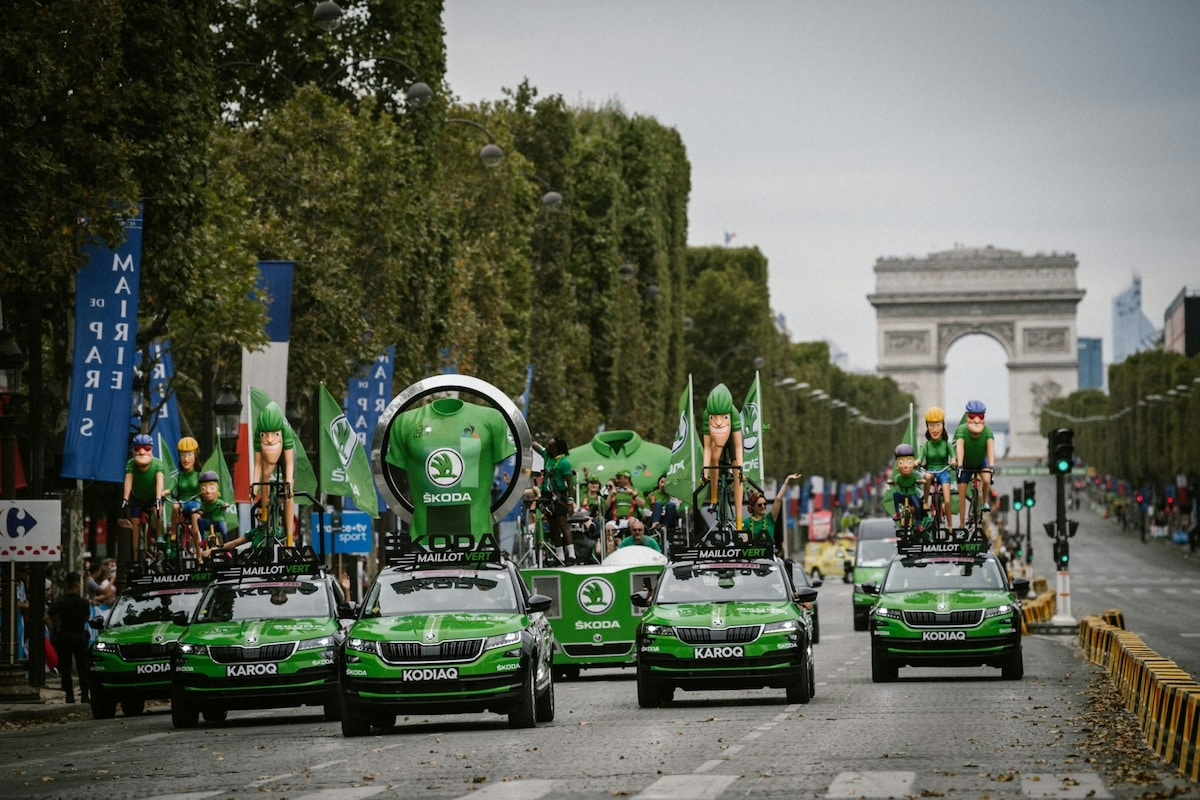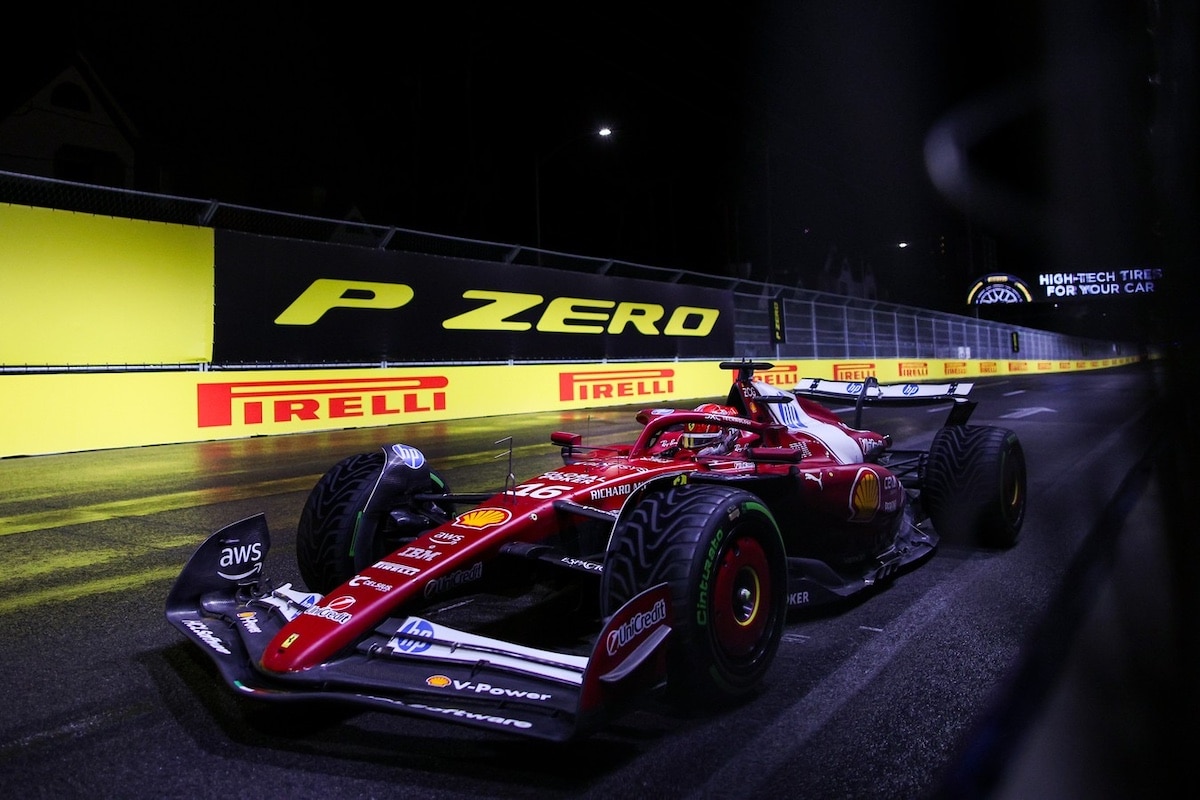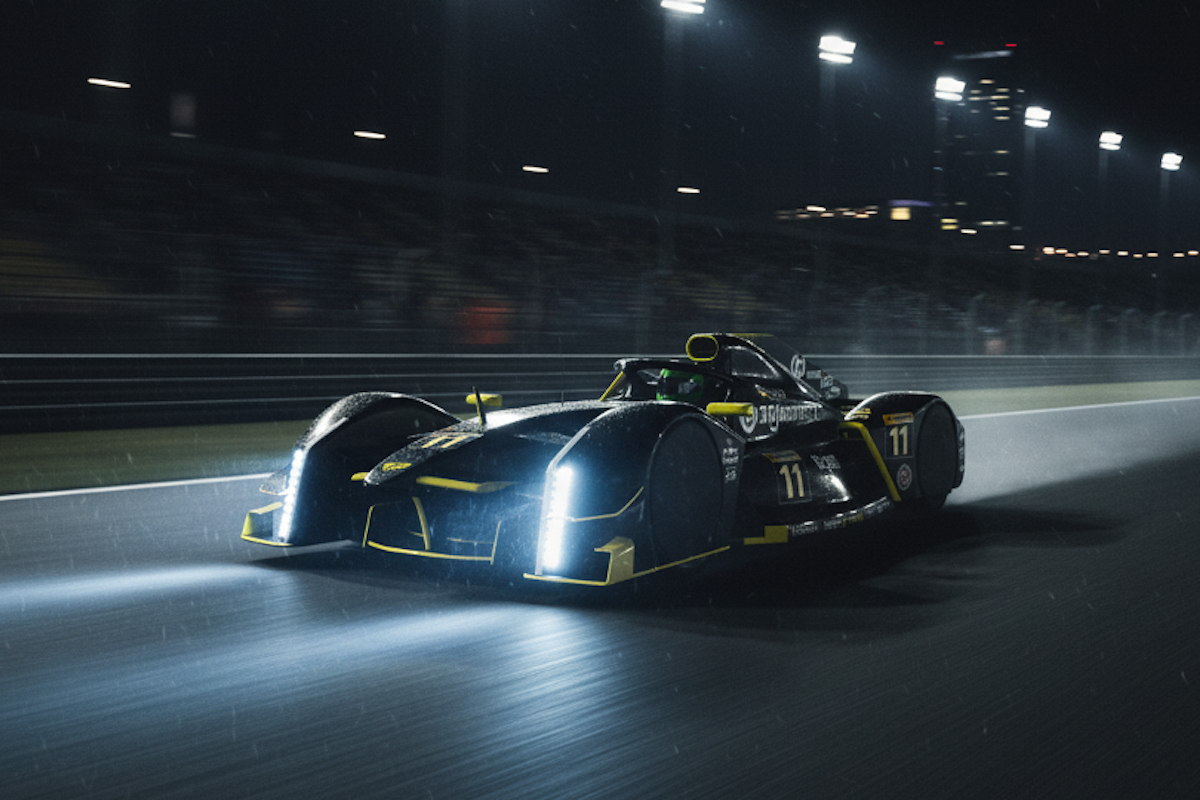The Incredible Motorized Armada of the Tour de France

Every day of the Tour de France, it’s not just the riders that attract attention, but also an incredible fleet of vehicles.
Between the promotional caravan that precedes the riders, the support vehicles, and the race’s accompanying logistics, do you know how many vehicles travel the roads of the Tour de France each day? Behind the sporting spectacle is an impressive rolling logistics operation that traverses the French roads. In total, around 4,500 vehicles are accredited daily for the event, turning each stage into a true motorized ballet!
At the head of the procession, the promotional caravan represents the most festive face of the Tour. First introduced in 1930, it remains a pillar of the event. In 2025, it will consist of about 170 vehicles from 36 partner brands. True moving floats, often transformed, decorated, and equipped with sound systems, these vehicles travel up to 200 km a day, 1.5 hours before the riders, distributing millions of caps, samples, keychains, and packaged sausages. Each brand typically has 3 to 5 vehicles, including animated floats, logistics vehicles, and utility vehicles for personnel.
Before and After the Tour Riders
However, this festive caravan is just the tip of the iceberg. Right behind it, the race itself mobilizes hundreds of vehicles essential for the smooth running of the event. Each participating team has an average of two support cars, filled with equipment, supplies, radios, and often directed by the sports director. With 22 teams at the start, that represents nearly 50 direct support vehicles.
Add to this the vehicles of the officials, race management, security (motorcycle gendarmes, CRS, organization motorcyclists), medical services, as well as those of technical partners, officials, and the press. Camera motorcycles, transmission cars, photo vehicles, radio journalists, and print media form a discreet yet essential convoy, often as agile and fast as the riders themselves.
Finally, there is also the fleet of general logistics vehicles that precede or follow the race: trucks for barriers, podiums, VIP tents, signage, and electrical supply.
In total, it is estimated that between 3,500 and 4,500 vehicles circulate each day around the race, forming a true traveling city. So yes, we could, and should, calculate the carbon footprint of this impressive rolling caravan… but honestly, who wants to? The Tour is first and foremost a popular festival, a unique spectacle, and a sincere love of cycling. So let’s enjoy the magic, breathe in the (almost) pure air… and may the cycling festival be beautiful!
This page is translated from the original post "L’incroyable armada motorisée du Tour de France" in French.
We also suggestthese articles:
Also read





